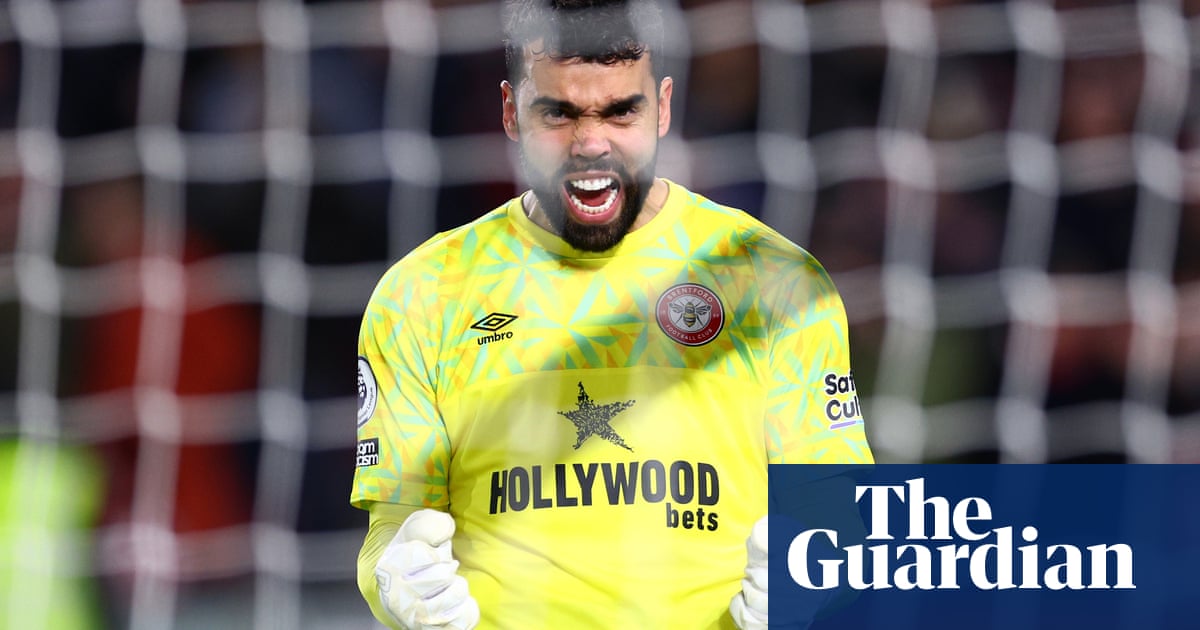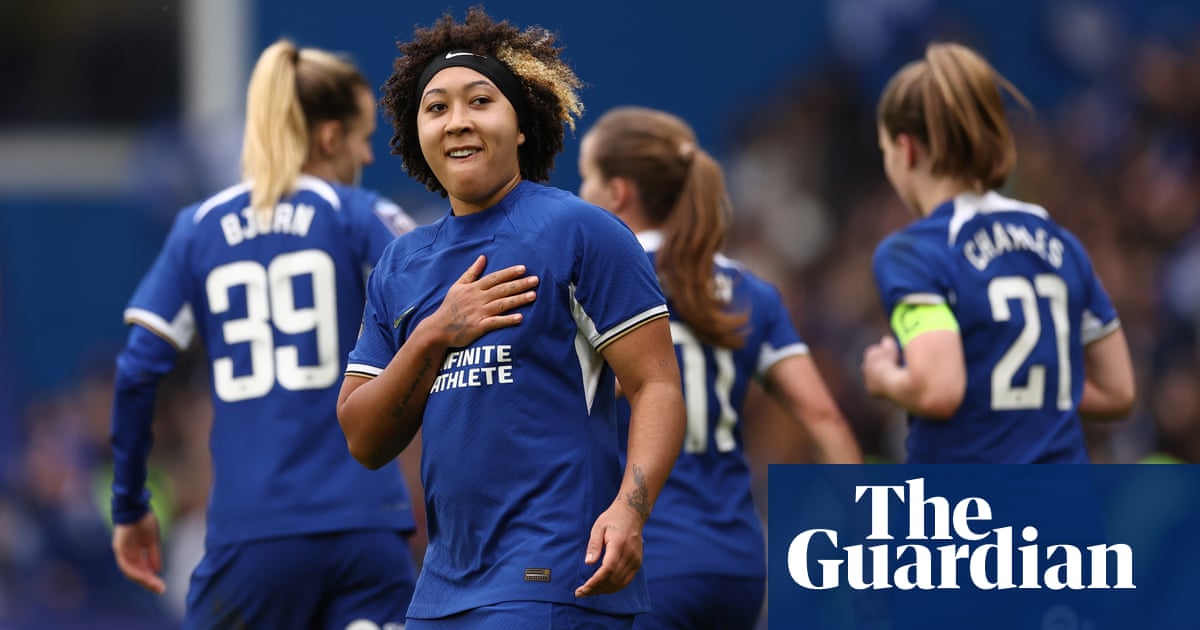
Manchester United falter when handed the majority of possession, drawing against and losing to supposedly inferior teams, unable to break down defences sat deep wary of the threat Ole Gunnar Solskjaer’s players pose on the counter-attack.
Plenty of teams struggle against the low block but some have methods of overcoming it. Frank Lampard has his Chelsea players overload the final third to bypass similar situations, a strategy which can lead to the breakthrough goal but which leaves them vulnerable to turnovers high up the pitch, something they were punished for four times in the first meeting between these two sides at the start of the season in a 4-0 thrashing by United. A different approach is required on Monday.
How Chelsea attack
A tactic commonly used against team teams full of creative, attacking talent like Chelsea is to sit deep in a low block, force play wide and wait for a chance to counter.
It limits the defending team"s ability to attack but makes them tough to break down and, to create scoring opportunities against this setup, the team in possession needs to either have players able to beat a defender one v one, or stretch the pitch and create overloads and gaps in the opposition defence.
Lampard has developed a system in which a 4-2-3-1 becomes a 2-2-6 shape in attacking phases, composed of four forwards and two advanced full-backs so far up the pitch they are effectively wingers. If the ball is on the left, the overlapping left-back, striker, attacking midfielder and left winger outnumber the opposition full-back and right-sided centre-back in a three vs two, or four vs three situation.
The arrows below show where the player has run from in the 4-2-3-1 to form this attacking shape:
Guide: GK = goalkeeper, LB = left-back, CBL = centre-back (left), CM = midfield (centre), CAM - attacking midfield (centre), LW = left winger, ST = striker.
The defending team has to shift over to deal with the numbers on the wing. If the right winger holds his position wide of the striker, the opposition left-back is torn between staying close and maintaining the spacing in the back four.
Any variation of attacking players can be used to form this overload as long as the front four are in a 1-1-1----1 shape. In the example below from a 2-0 win over Crystal Palace, the left-back, left winger and attacking midfielder gang up on one side while the striker (inside the D) lurks on the blindside of the right centre-back.
It"s risky - any turnover in possession could lead directly to a dangerous counter-attack - but it keeps the defending team pinned back so deep that if they are able to win the ball they struggle to get out.
Chelsea have had their fingers burnt before
Manchester United are designed to hurt teams on the counter-attack side and did so four times in the 4-0 win over Chelsea, exploiting a world of space left vacant as Chelsea tried to outnumber them in the final third. Solskjaer only needed four players ready to burst forward, with six kept back to protect the box, utilising the pace of his forwards.
All United have to do as the away team on Monday is wait for Chelsea to over-commit then punish them on the counter. Lampard may opt for a less attacking shape in the final third and try to better control the match, keeping one full-back closer to midfield than the final third in order to better deal with turnovers.
Taking advantage of United"s tendency to shoot from long range
United have taken more shots from outside the box than any other Premier League side, and with 180 long range shots compared to 194 from inside the area, have consistently shown they either don"t know how to break down a defence, or that they get impatient while trying. Only three teams have conceded fewer league goals this season (Liverpool, Manchester City, and Sheffield United) than United. Their weakness is in attack, not defence.
Chelsea can roll the dice and play on this tendency to shoot from outside the box. Expected Goals statistics suggest that players are more likely to score the closer to the goal they take a shot and if United are forced into taking low value efforts from 25 yards, Chelsea’s wide players can anticipate and position themselves to counter immediately afterwards.
For example, if United shoot from long range and the effort is either blocked by a defender or saved by the goalkeeper, Chelsea"s wingers can anticipate and take up positions behind the United full-backs (who get forward during attacks).
Why Kante is so important to Chelsea
N"Golo Kante is brilliant in these transitional phases. Although perceived as a defensive midfielder, over the last two seasons he has been anything but, deployed as a box-to-box runner by Maurizio Sarri and now Lampard, as likely to turn up in the opposition box as he is break up play in his own half.
If Chelsea can lure United into an attacking shape high up the pitch they can utilise Kante"s running to punish any space left vacant on the counter, with the goalkeeper encouraged to distribute quickly when in possession:
1. Chelsea can plan to exploit Manchester United"s tendency to shoot from long range, positioning players ready to receive the ball quickly from the goalkeeper after an effort at goal.
2. Kante as box-to-box midfielder can carry the ball forward with support from pacy wingers and punish United on the counter
(the red lines are to show the 4-3-3/4-2-3-1 shape United will be in)
Solskjaer lacks a destroyer in midfield and his other options don"t suit breaking up play - Nemanja Matic doesn"t have the pace, Scott McTominay is injured, and Fred is a tidy passer, not a tackler - so creating situations that allow for running with the ball into space could lead to scoring chances.
To do this, Chelsea need to be more pragmatic and encourage United to have more of the ball, perhaps engaging slightly deeper and starting the press at halfway rather than high up the pitch. Chelsea can do to United what United did to them.
Chelsea didn"t play badly in the 4-0 thrashing, they were simply undone by a team designed to exploit the exact mistakes they made. Monday is Lampard"s chance for revenge and to show he has learned from defeat.












